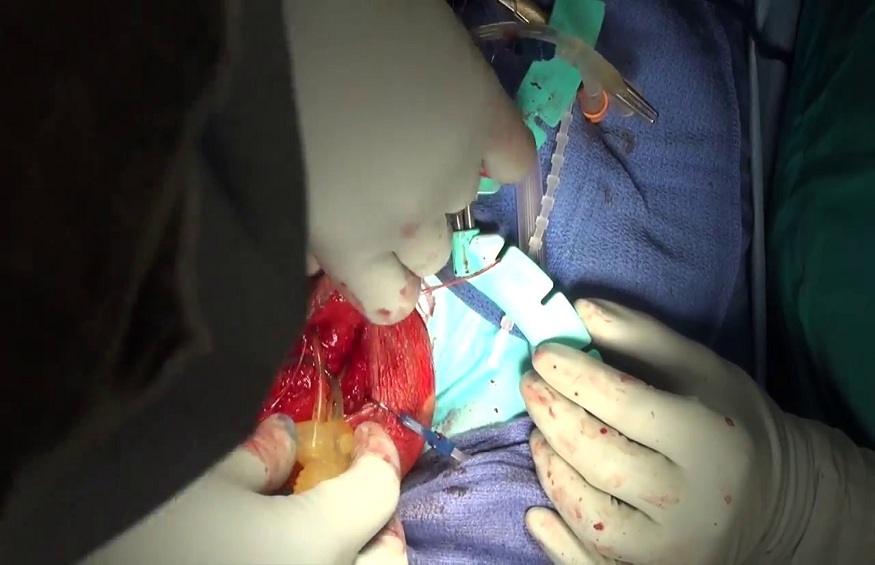Dr. Andrew Kramer, urology specialist and penile implant surgeon, recently performed a penile implant surgery on a patient dealing with Peyronie’s disease. The patient sought a consultation with Dr. Kramer regarding the disease and how it has given his penis a sharp leftward curve.
Peyronie’s disease
Peyronie’s disease, or penile curvature, is a penis condition that affects less than 10 percent of males in the United States. The curved or bent shape of the penis is caused by plaque or scar tissue that developed inside the penis. Penile curvature is one of the most common symptoms of Peyronie’s disease, but there are others as well. The patient may feel pain in the penis when having sex or during an erection, or may notice the penis has become either shorter or narrower. Erectile dysfunction is also a common symptom.
Penile implant to correct penile curve
According to Dr. Andrew Kramer, the patient’s penis is bent, leaning on the left side, which a penile implant can correct. The mechanism will allow the penis to become straighter, and also give it good column strength during an erection.
Making a small incision on the underside of the penis, Dr. Kramer proceeds to dilate the surgical area for maximum exposure, which will enable him to reach more easily the scar tissue that has been causing the sharp leftward curve of the penis. Using a sharp, double-edged pair of scissors, the doctor successfully breaks through the plaque and reaches the mid-gland with no problem. The doctor notes that you have to be careful when navigating the inside of the penis to prevent damaging the urethra, the vessel from which urine passes through and out the head of the penis.
The implant system
Dr. Andrew Kramer, urology specialist, uses a two-cylinder inflatable implant on the patient to straighten the curve and to enable him to have an erection at his discretion. Each cylinder will be inserted in each side of the penis, and since the penile curve is on the left side for this particular patient, Dr. Kramer decided to start on the left side since it will require more work.
Read more: Get To Know About Medical Malpractice Associated With Anesthesia Errors
This two-cylinder inflatable implant also comes with a pump, which will be placed inside the scrotum, and a reservoir to be placed in the abdomen. When the patient wants an erection, he will squeeze the pump to release fluid from the reservoir and into the cylinders. The level of erection depends on how much fluid the patient wants to release from the reservoir. The more he pumps, the more fluid reaches the cylinders.
Testing the implant
Once all components of the implant have been placed in their respective spots, Dr. Kramer then tests the implant to make sure the mechanism works. Squeezing the pump bulb, the penis starts to become erect as fluid fills the cylinders. Dr. Kramer also notes that the curve has greatly improved. From its original 90-degree curve, the penis has just about a 30-degree curve and 22-centimeter length.
Sterilization
With five grown kids, the patient mentioned to Dr. Andrew Kramer that he doesn’t want any more kids. After the implant surgery, before closing the incision, Dr. Kramer performed vasectomy on the patient, which is an additional procedure that patients can get with their penile implant if they so desire.




